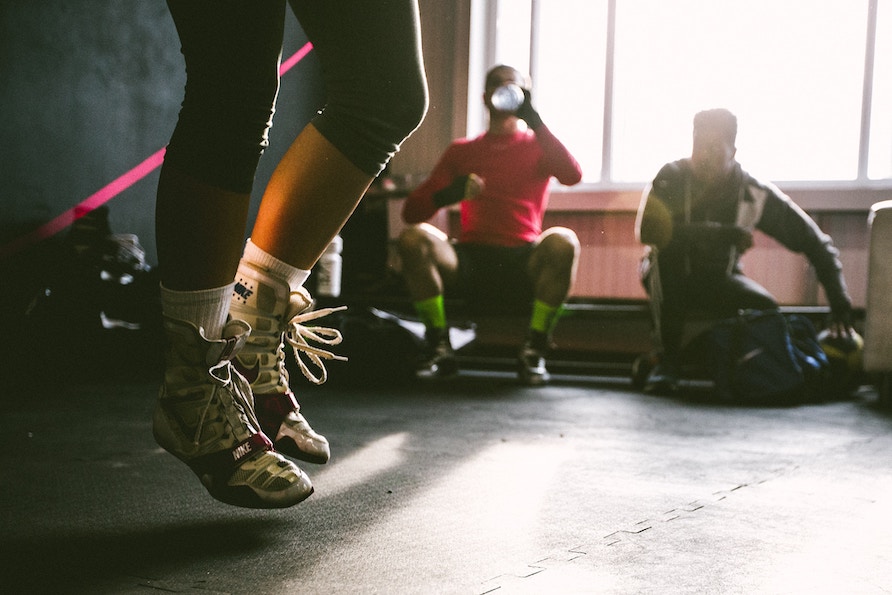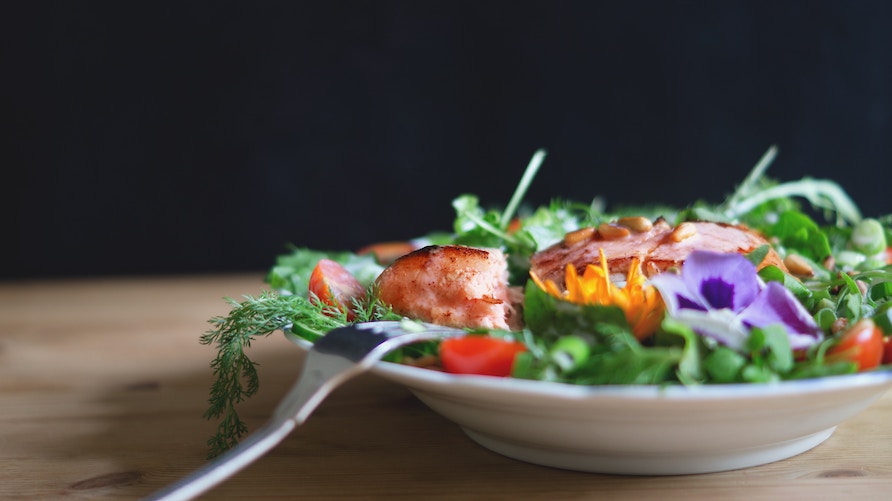Eating in front of the television can be nice and cozy. Yet it is not a good idea. It ensures that your attention is not fully with food. The same applies to eating behind the computer or on the way to work. This may lead to excessive eating.
It often takes a while for your body to realize that you’ve had enough. That is why it is so important that you take rest and time for eating, so that you notice when you are full and you will not eat.
You eat less consciously in front of the television, which means that you chew faster and less well. These too large chunks of food can end up in your digestive channels, which can cause all sorts of complaints, such as stomach cramps.

You get a lot of what you eat in a day unnoticed and unconsciously when you are busy with something else. Keeping a food diary can prevent unthinking eating.
If you keep your meals on a predictable schedule, it’s easy to “go at it again” in later snacks. As I said, you’ll probably do some harm — but most of that is more likely to be found in actions you take after eating than the way you ate the food itself. (Remember to avoid salty food.) You might be missing valuable vitamins, or extra minerals; you might consume a few calories at a time and have to walk around in a “heathen” fashion to stretch out and fatten up. And of course you may gain some weight. But you’ll gain even more if you wait until the next meal to eat.


